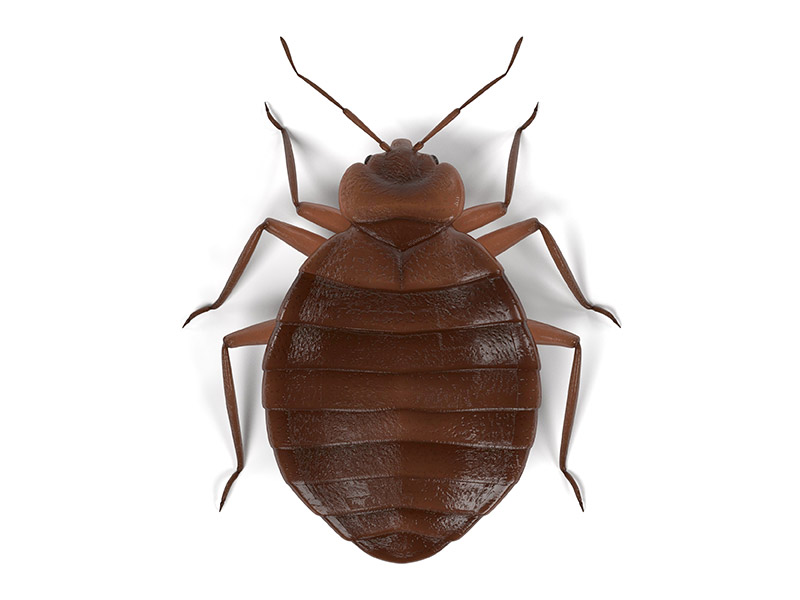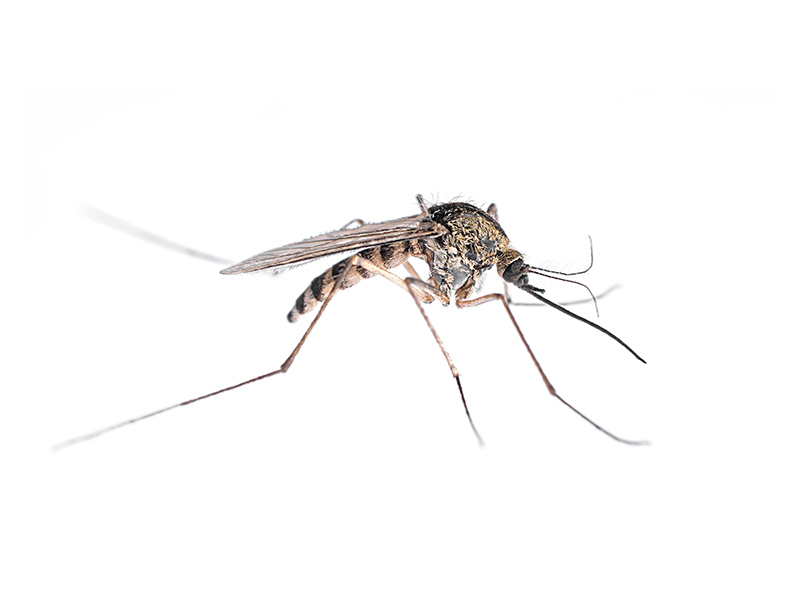End infestations before they spread with Pest Control treatments today.
Eco-Friendly Bug Control Approaches for Managing Wildlife in Urban Locations
Urban areas typically find themselves at the crossway of human task and wild animals, causing one-of-a-kind difficulties in parasite management. Environment-friendly strategies emphasize sustainable coexistence, utilizing methods such as environment alteration and natural repellents to mitigate human-wildlife conflicts. These strategies not only secure the setting yet additionally enhance community engagement in wildlife management. As urban populations remain to expand, recognizing the characteristics of wildlife interactions ends up being progressively important. What cutting-edge approaches can be implemented to ensure both environmental balance and metropolitan security? Discovering this question exposes an engaging landscape of potential services.
Comprehending Urban Wildlife Dynamics
Comprehending Urban Wildlife Dynamics is essential for creating efficient and environment-friendly bug control methods. Urban areas are significantly coming to be habitats for various wildlife types, driven by elements such as environment fragmentation, food accessibility, and human advancement. Acknowledging these characteristics enables for a nuanced strategy to pest administration that straightens with environmental concepts.
Urban wildlife usually includes types such as raccoons, squirrels, and birds, which adapt to city environments, discovering niches in eco-friendly rooms, parks, and even suburbs. Their existence can bring about conflicts with human beings, particularly when they make use of human sources for food and shelter. Comprehending the actions and ecological duties of these types educates techniques that lessen adverse interactions while promoting biodiversity.
In addition, acknowledging the interdependencies within metropolitan ecological communities helps in determining essential areas for habitat conservation and reconstruction. This understanding adds to the development of incorporated pest administration (IPM) strategies that consider the ecological equilibrium, thereby minimizing dependence on hazardous chemicals. By promoting conjunction between human beings and urban wild animals, cities can develop much healthier settings that profit both locals and neighborhood ecological communities, leading the means for lasting city living.
All-natural Repellents and Deterrents
All-natural repellents and deterrents use a lasting choice to traditional bug control approaches by using the power of nature to maintain undesirable types away. These eco-friendly solutions usually use plant-based components, important oils, and other normally taking place substances that discourage bugs without damaging the atmosphere.
One reliable all-natural repellent is peppermint oil, which is understood to ward off rodents and pests. Its solid fragrance is unpleasant to several bugs, making it a prominent option for urban setups. Vinegar and citrus peels can offer as deterrents, as their solid smells are commonly unattractive to various wild animals.
Furthermore, diatomaceous planet is an all-natural powder that can be spread in locations prone to parasite activity, effectively drying out and discouraging pests without presenting dangers to non-target species. Garlic sprays and neem oil are identified for their capability to push back a wide range of pests, consisting of both bugs and bigger wild animals.
Implementing these that site all-natural repellents not just decreases dependence on chemical pesticides however also advertises a healthier city community, fostering a much more balanced conjunction between humans and wild animals. By making use of these strategies, urban locations can efficiently handle parasite populations while decreasing ecological impact.
Environment Modification Methods
Reliable habitat alteration methods play an important role in lasting pest administration by changing the atmosphere to make it much less for pest invasions. By understanding the eco-friendly characteristics of urban areas, building proprietors can carry out critical adjustments that discourage insects while promoting biodiversity.
(Equine Pest Protection)One key method includes maintaining appropriate hygiene. This includes regular waste removal, protecting garbage bins, and removing standing water to lower breeding sites for pests and rodents. Furthermore, landscaping practices such as picking indigenous plants can improve environmental equilibrium, providing environments for advantageous organisms while decreasing sources for pests.
Another essential method is to seal entry factors in structures. Checking and repairing cracks in foundations, wall surfaces, and home windows can dramatically lower parasite accessibility. Additionally, creating physical obstacles, such as fences or plant buffers, can hinder wild animals movement right into human-inhabited locations.
Integrated Bug Administration Practices
Building upon habitat adjustment techniques, integrated parasite monitoring (IPM) techniques supply an all natural technique to managing bug populations while decreasing ecological effect. IPM integrates different techniques, consisting of organic, cultural, mechanical, and chemical controls, to attain reliable bug administration.
Organic control entails the intro of all-natural predators or bloodsuckers to minimize insect populations. Cultural techniques, such as plant turning and hygiene, disrupt pest life process and reduce their environments - Pest control service. Mechanical controls, like traps and barriers, supply instant relief from insect stress without chemical intervention
Chemical controls are used as a last resort, focusing on targeted applications that limit damage to non-target types and the environment. The selection of eco-friendly chemicals, when required, is integral to the IPM framework. Additionally, monitoring pest populations and analyzing potential damages helps educate decision-making, making sure that treatments are prompt and efficient.
Community Involvement and Education

(Fire Ant Control)Workshops and informational sessions can outfit locals with expertise concerning native types, environment conservation, and reliable non-toxic bug management methods. Collaboration with institutions, neighborhood companies, and government firms additionally boosts academic outreach, guaranteeing that essential details gets to diverse audiences.
Moreover, community-led campaigns, such as community clean-up days and environment reconstruction jobs, not only promote biodiversity but also reinforce community connections. Pest Control. By urging homeowners to share their experiences and monitorings, neighborhoods can develop targeted methods that attend to specific regional bug problems
Integrating feedback from residents into parasite administration prepares enables a more receptive and flexible technique to wildlife difficulties. Ultimately, informed and involved neighborhoods are key to attaining long-term success in environmentally friendly insect control, bring about healthier metropolitan settings that appreciate both human and environmental demands.

Conclusion
In conclusion, green pest control approaches deal lasting services for managing urban wildlife. By prioritizing habitat adjustment, using all-natural repellents, and carrying out integrated pest monitoring practices, communities can foster a harmonious conjunction with local fauna.